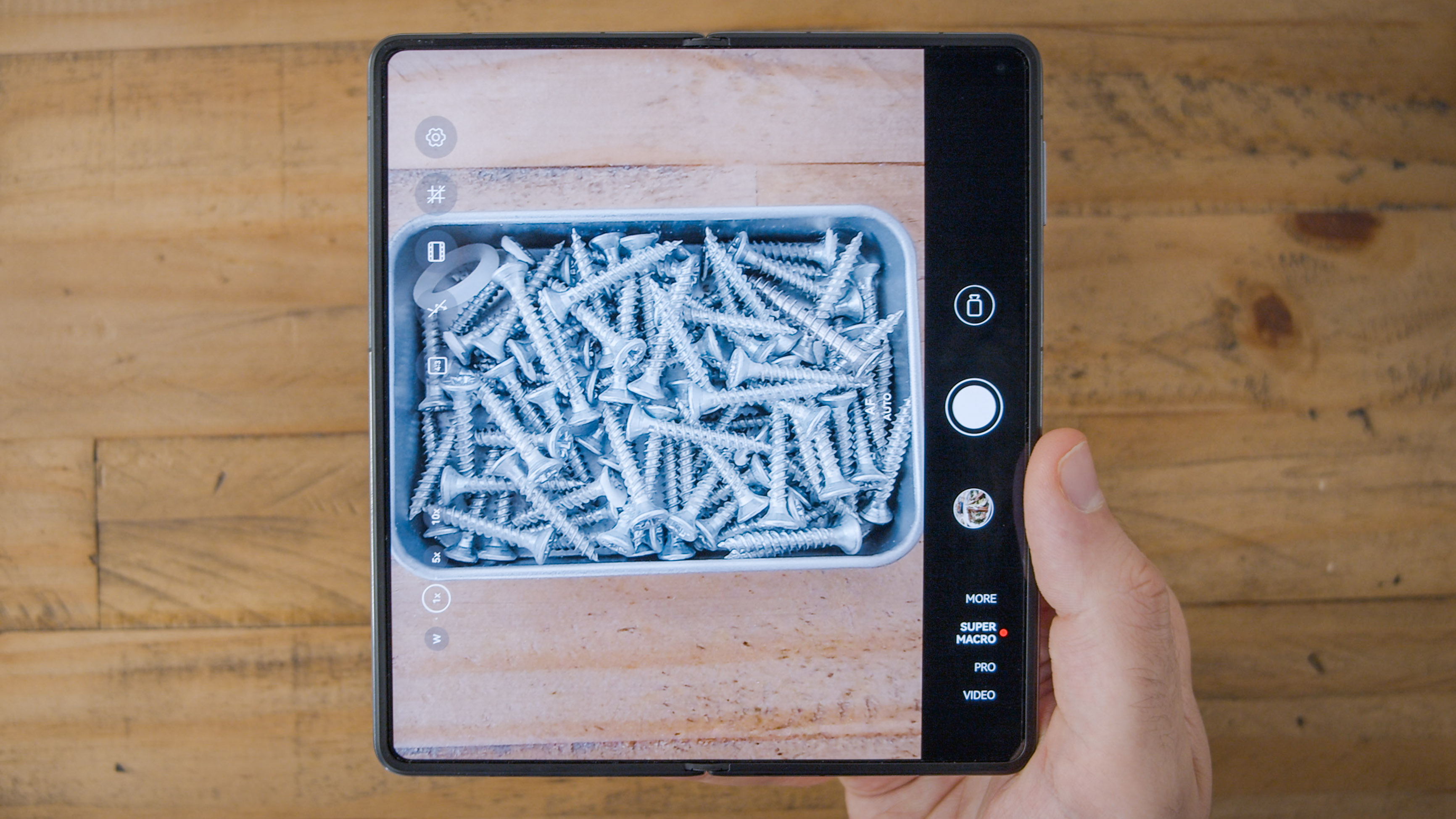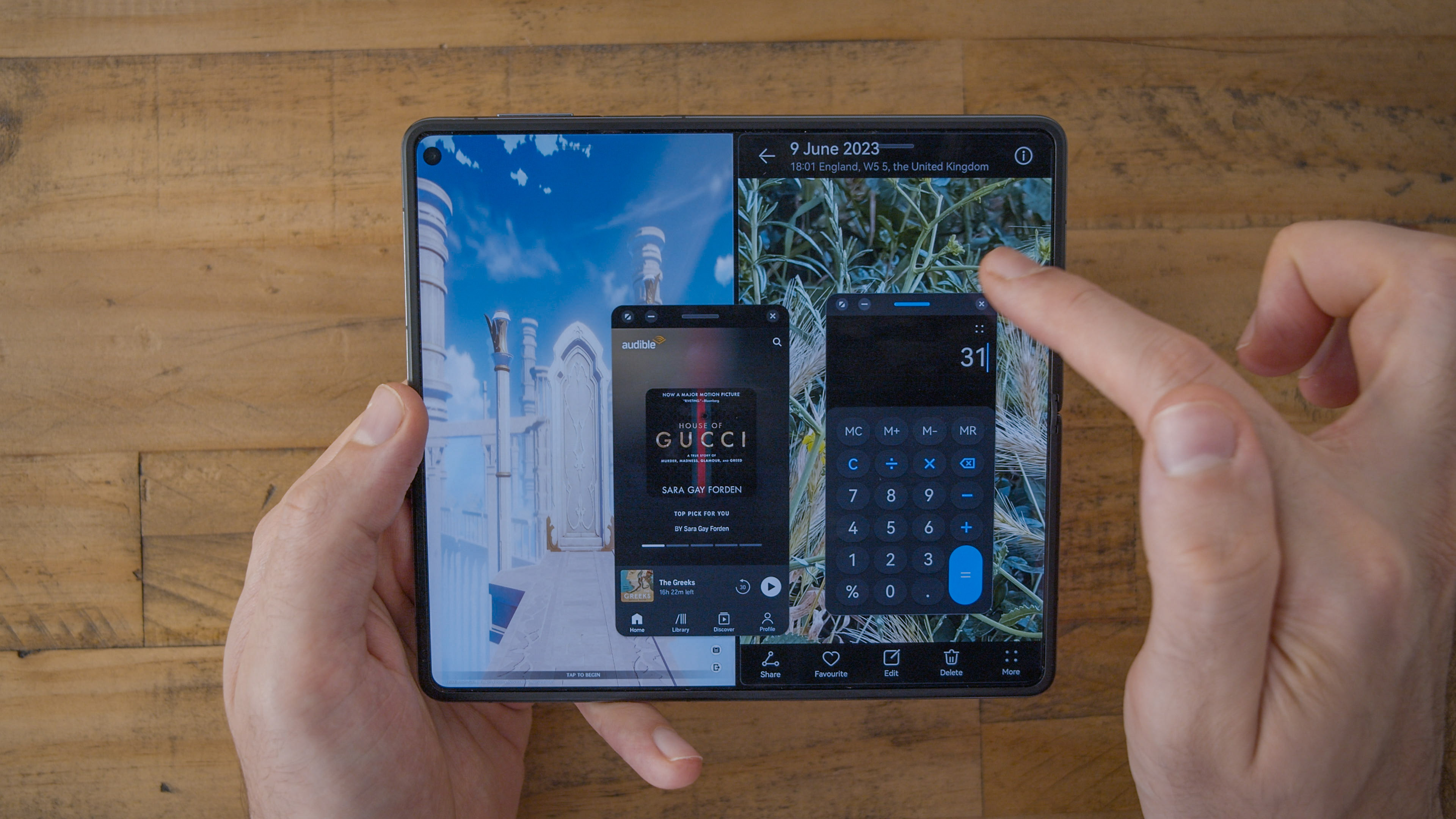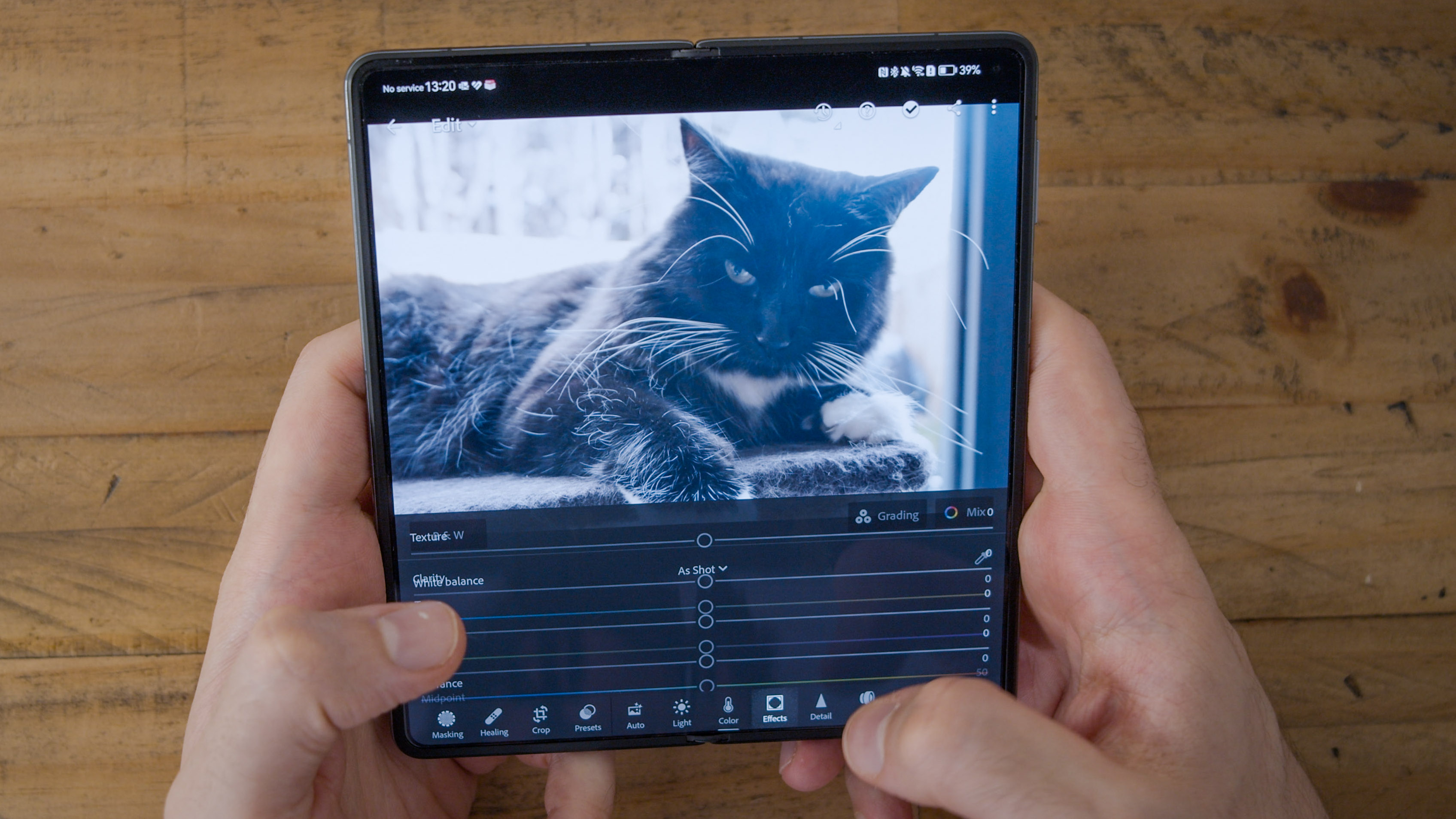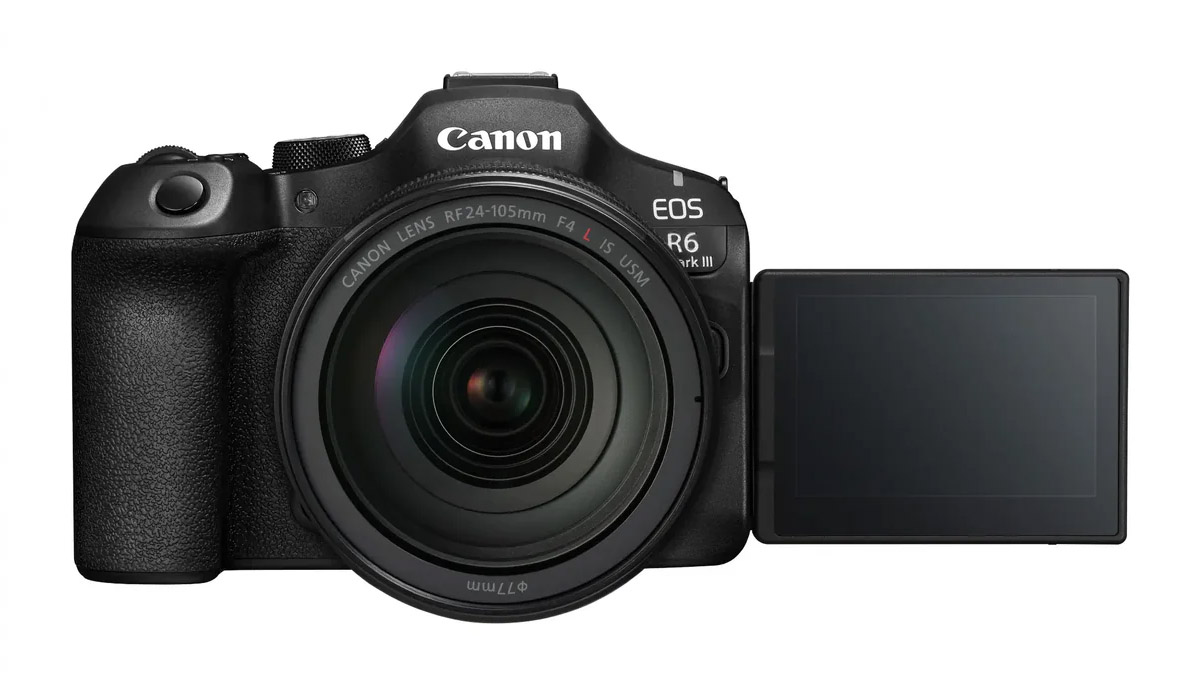Digital Camera World Verdict
Huawei's Mate X3 showcases the highest-quality foldable hardware you can buy. Its lightweight and slim design makes it feel comfortable to use when closed, its secure hinge makes opening and closing it a satisfying, reassuring experience, and the added water resistance helps it compete directly with the Galaxy Z Fold-series. The phone's price, lack of 5G, and hamstrung software experience all work against it – and will stop most even considering picking one up – but as a technology showcase, the Mate X3 is a marvel that schools the foldable competition – not least of all with its cameras.
Pros
- +
Powerful camera system
- +
Lighter than an iPhone 14 Pro Max
- +
Secure hinge and IPX8 water resistance
- +
Two fantastic and usable screens
Cons
- -
Lacks Google Mobile Services
- -
No 5G mobile data speeds
- -
Very expensive
- -
Occasionally aggressive photo processing
Why you can trust Digital Camera World
The Huawei Mate X3 is the most impressive foldable we’ve tested to date. Not only does it combine a full, phone-sized cover screen with a big main display, but it’s also thin, light, and IPX8 water and dust resistant.
Launching alongside the mighty P60 Pro, Huawei’s flagship camera phone, the two-in-one folding Mate X3 also promises a best-in-class camera experience, thanks to its periscope camera, which is usually reserved for thick, traditional flagship mobiles like the Google Pixel 7 Pro and Samsung Galaxy S23 Ultra.
• Read our guide to the best Android phone for photography
But you’d expect the very best specs in a phone that costs £1,999 / € 2,199.00 / $2,550, and you’d also expect it to be easy to use too.
Given the fact Huawei’s kit is held back by no access to 5G or Google services, though, is the Mate X3’s incredible hardware little more than a tragically brilliant flourish amidst an overriding compromise, or does it stand tall as a triumphant package inside and out? The answer: a little bit of both.
Huawei Mate X3: Design



There’s one area the Mate X3 is an unequivocal winner, and that’s design.
Before you even look at the phone in the flesh, its dimensions are standout for the right reasons.
The best camera deals, reviews, product advice, and unmissable photography news, direct to your inbox!
Folded, the Mate X3 is just 11.8mm thin – not much thicker than many non-folding smartphones. But the real silver bullet is its weight – it's just 239g. That means Huawei’s managed to make this phone 1g lighter than the iPhone 14 Pro Max (both phones pictured above), despite the fact it packs two screens and a periscope camera.
With the Mate X3, Huawei really has shot down the foldable competition’s hardware one by one, making the Galaxy Z Fold 4 look chunky, the Honor Magic Vs look clumsy, and the Google Pixel Fold, unnecessarily squat.
Now we’ve covered the sheer brilliance of the phone’s dimensions, we can appreciate its flourishes. First up – water resistance – IPX8 rated, just like the Galaxy Z Fold 4. While Samsung loaded up its phones with a hinge gap to strike that IP rating, Huawei’s foldable snaps shut with two perfectly flat sides giving it the edge.
What’s most impressive about the Mate X3 isn’t just that its design beats out competition that’s almost a year old from Samsung, it’s that it bests the current slew of foldables coming out of China right now as well.
Available in Black, Dark Green, Gold, Violet, and White, the Mate X3’s style combines with its slender credentials to create a mature, premium-looking experience.
We tested the vegan leather green option, and it feels solid, both when open or closed, measures just 5.3mm thin when flat – barely thicker than the USB-C charging port, and the hinge feels smooth at virtually every point in the opening process – not quite Samsung solid, but still superb.



Huawei Mate X3: Screens
There are two types of foldable – flip phones and large-form – and the Mate X3 falls into the latter category. That means it has two screens you’ll be interacting with a lot. On the front, there’s a traditional-sized, 6.4-inch cover screen, while inside is a 7.85-inch, nearly square tablet screen.
The first thing to mention is that unlike the Galaxy Z Fold 4, the Mate X3’s cover screen is a relatively traditional 20.9:9 aspect ratio. That means that it isn’t as narrow as Samsung’s foldable, so the whole experience feels less cramped.
The Mate X3’s screens are both 120Hz OLED panels that are bright, punchy, and look mighty in the flesh. Both are also sharp, with over 400 pixels in every inch, so whether watching, gaming, or reading, visuals are on point.
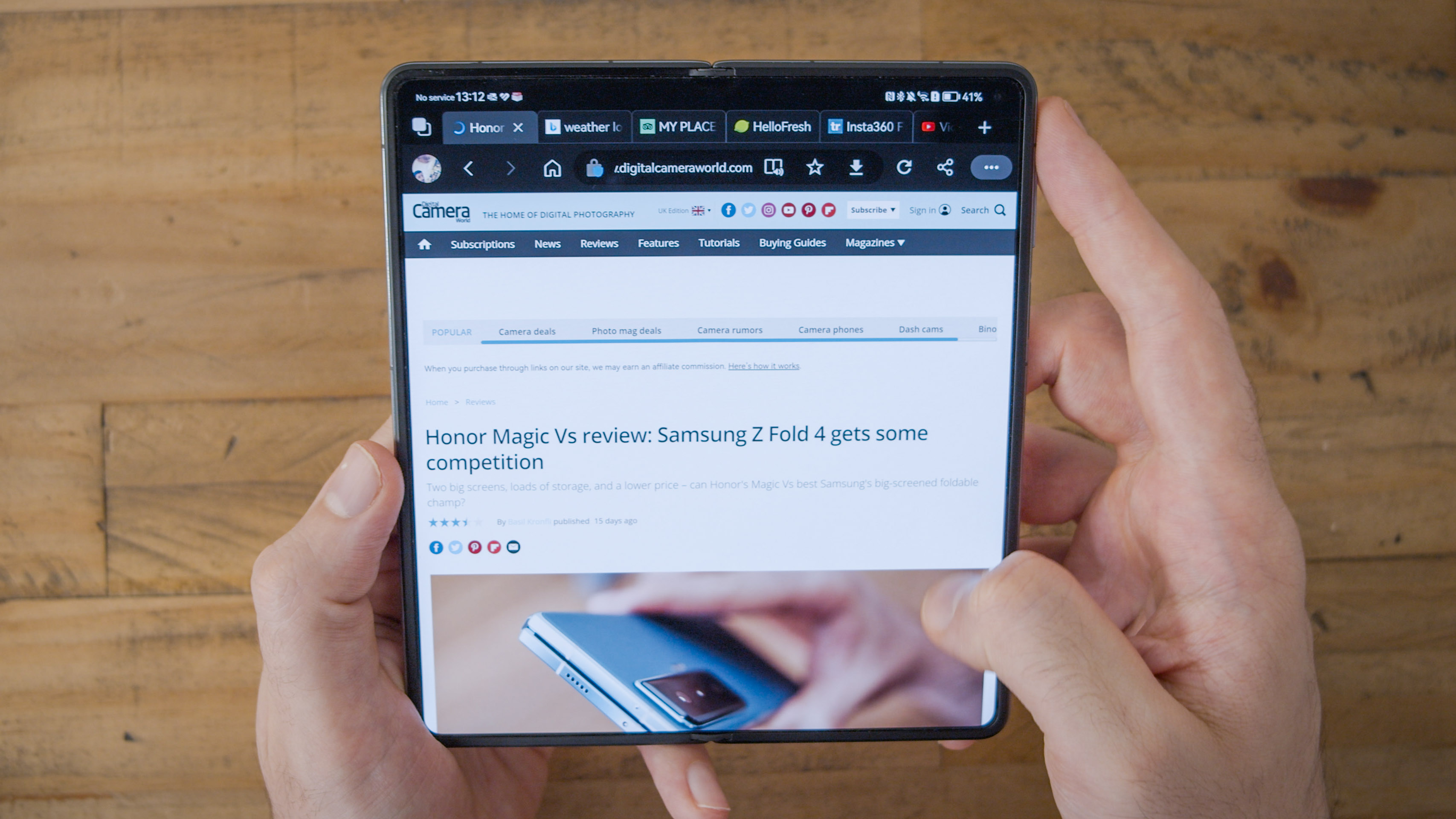

More impressive than the standalone screen quality is the lack of a crease along the center of the main display. A combination of factors affects the screen crease – hinge mechanism being the most notable – and a reduction in crease size usually requires a larger hinge. The fact Huawei’s managed to create a skinny, big-screened folding phone with a smaller crease line than the much chunkier competition is incredibly impressive.
Practically speaking, the larger inner display is perfect for reading, showing off photos, and enjoying a split-panel view of apps like Outlook and WhatsApp. It's also great for gaming, and desktop versions of most websites are easy enough to read too.
When it comes to streaming content, old school, 4:3, and even 16:9 content is best placed on the main display, while super wide 21:9 videos look great on the front display, so when watching cinematic movies, you don't have to open up the phone.
With excellent brightness levels and viewing angles, use across both screens is great whether outdoors or indoors, cementing the Huawei Mate X3 as the most polished foldable around from a hardware point of view.
Huawei Mate X3: Camera specs
The main camera on the Huawei Mate X3 is a 50MP sensor matched with an f/1.8, 23mm lens with OIS. We don’t know how big any of the sensors in Huawei’s new phones are – it holds its cards very close to its chest – but based on the depth of field pulled up in close-up shots, it’s probably a little smaller than that of the Galaxy Z Fold 4.
Foldables don’t tend to have powerful telephoto performance, but the 12MP, f/3.4, 125mm periscope camera on the Mate X3 has a mighty optical reach, equivalent to five times zoom, and packs OIS.
The final part of the rear camera trinity is a 13MP, f/2.2, 13mm ultra-wide. This is also the phone’s macro camera thanks to the fact the lens gets autofocus.
There are two selfie cameras on the Mate X3 – one at the top of the cover screen, and the other at the top of the main display. Both are 8MP resolution with f/2.4 aperture fixed-focus lenses.
Huawei Xmage
Huawei made its biggest strides in imaging during its partnership with Leica, which lasted from 2016 with the launch of the P9, through to 2022. Now, Huawei's branded its own imaging system as Xmage.
This Xmage system is what Huawei credits for its flagship P60 Pro's excellent camera performance, but it's also set to boost its entire portfolio of smartphones, including the Mate X3.
From an imaging philosophy point of view, Xmage focuses on enhancing four elements: optical, mechanical, imaging, and processing.
Optical covers individual lenses, taking what Huawei learned during its time working with Leica and developing it. The P60 Pro's best-in-class telephoto macro capabilities suggest Huawei's in a good place here.
Mechanical refers to the sensor and lens array setup. This includes lens group arrangement, once again, as demonstrated by the P60 Pro packing the nearest-focusing periscope camera we've tested.
Imaging focuses on the hardware used to capture the photos – Huawei's SuperSensing sensor, as well as the new anti-shake sensor rotation system on the telephoto camera.
The final element, processing, is relatively self-explanatory, covering the XD Fusion Pro engine matched with Huawei's XD Optics to create the computational photography-powered photos Huawei has become known for.
Based on our time with the P60 Pro – Huawei's imaging flagship – it's clear this is a company that can make a superb camera phone, but can it repeat that success on a foldable?
Practically speaking, when you tap the Xmage icon in the camera menu, you're prompted to choose between Original, Vivid, and Bright – mirroring the Leica looks on current-gen Xiaomi phones, and the options Apple offers when you first fire up an iPhone's camera.
There's also an option to toggle Master AI on and off – and while casual users will enjoy its automatic scene detection, it also boosts contrast and sharpness, so we tended to leave it off for a more natural look to photos we took.
As illustrated below, Huawei supports part-folded capture, so you can use the Mate X3 as a stand and angle the camera for a steadied long-exposure shot – and it works to great effect.
Huawei Mate X3: Camera review
For anyone who wants a P60 Pro-grade camera on a foldable, the Huawei Mate X3 isn't it. The phone's lowlight performance and dynamic range just can't stack up to Huawei's 2023 flagship, the Mate X3 misses out on the P60 Pro's variable aperture, and the periscope camera isn't a telemacro lens system – so can't capture close-up shots.
Another specific area the Mate X3's camera falls behind high-res non-folding competition with large, 1-inch, or similar-sized sensors is detail, and the ability to crop into shots. Nevertheless, what the Mate X3 does deliver is a best-in-class system for a foldable.
The first highlight of the X3's camera is its optical range. As you can see in the photos below, it starts at a super-wide 13mm, and goes all the way through to a far-reaching 125mm. In bright environments, shots across all three cameras look rich and balanced. While contrast can be high for our tastes in shots captured with Master AI on, turn it off or shoot RAW to switch to a more natural look.




Compared to Samsung's Galaxy Z Fold 4 specifically, where the Mate X3 wins out is color management – Samsung's photos are just too vibrant, while Huawei's are significantly more realistic.
The Mate X3 also preserves highlight and shadow detail nicely, and noise is generally well managed. You can see below that both the dog's fur and shadow detail in the harness are visible, and there's plenty of information in JPGs to pull out.
The images below were all taken in low to middling light on the main camera, and the Mate X3 automatically activates a night mode of sorts to help brighten things up. Across the different textures of the subjects in all photos, the phone retained impressive detail, though in mixed-lighting environments, struggled a little with white balance.



The two shots below were taken using the 5x zoom, periscope camera, and illustrate the impressive separation you can capture between foreground and background objects, as well as the telephoto camera's multi-purpose use for portraits – human and animal.


Video taken on the Mate X3's main camera looks excellent, with Huawei's stabilization right up to 4K 60fps impressing. While many other smartphones struggle indoors, the Mate X3 actually does a respectable job capturing clips in middling light, though shines in brighter environments.
You can capture selfies with one of the two 8MP punch-hole cameras, or with the main camera, opening the phone and activating the cover screen as a preview display. Whichever you go for, the results are flattering, however, if you use the main camera, the Mate X3 could be the best phone around for selfies. Its photos are loaded with detail, enjoy a natural depth, look clear in most environments, and can be edited extensively.
Huawei Mate X3: Additional features
Despite its top-tier hardware, Huawei has to pare back some features in order to sell its phones in the West. That’s why the Mate X3 misses out on 5G, and possibly why it features a last-gen Qualcomm Snapdragon 8+ Gen 1, and not a 2023 8 Gen 2 chipset.
Practically speaking, the lack of 5G will depend heavily on where you live. If you’re in a city in the UK, for example, you might feel it more than someone in a more rural region, with speeds on average being about 25-40% slower in our time with the phone.
As for the Snapdragon 8+ Gen 1 – for most, this will pack ample power. Genshin Impact played back on the Mate X3 with minimal slowdown, we were able to shoot and edit 4K videos and day-to-day performance is fluid too.
What will more likely hold you back is the lack of Google Play Store. Huawei’s solution, Petal Search is better than ever, giving you access to apps missing from the Huawei AppGallery, but the experience isn't always smooth, and it takes a level of know-how to manage a Huawei phone in 2023.
Almost all of the apps we needed could be downloaded through one of Huawei’s two app portals, though we came across three that just wouldn’t work – CityMapper, Happy Cow, and HBO Max (now Max). These require Google services to run.
Games are also hit-and-miss on the Mate X3. If you’re coming from an Android phone, importing your save data might not be possible – specifically, if it’s linked to Google Play Games. What you can do in most cases is start a new game across most titles.
Huawei does get some software elements very right on the Mate X3. Apps like Lightroom are brilliant to use on a big screen, and between the phone's split-screen and floating window features, you can comfortably run four apps at once, docking unused apps on the edge of the UI when done.
Available with 512GB storage as standard in the UK, where it's on sale in Dark Green for £1,999 / € 2,199 (roughly $2,550), that's plenty of space. You can also bump up the storage with a nano memory card, and the phone takes up to two SIM cards (provided you aren't using a memory card).
The power button is a fingerprint scanner, quickly getting you into the phone, and there's also face unlock too. The phone runs EMUI 13.1.0 on top of Android, which is why you can install Android apps on it, even though it doesn't support Google services.
As for battery life, thanks in no small part to the supremely usable cover screen, we were able to get a comfortable day out of the 4800mAh battery in the Mate X3. After all, we seldom needed to open it, minimizing power use.
The phone charges quickly at up to 66W, hitting 50 percent in around 20 minutes, and fully charging in a little less than an hour. Unlike most foldables, the Mate X3 also charges wirelessly at up to 50W with a compatible wireless charger, making it the fastest-charging foldable system around.

If you consider yourself a geek and like to tweak your tech to kingdom come, the Mate X3 could be perfect for you. Sideloading APKs and figuring out occasional app workarounds could be a worthwhile task for the reward of using the best folding phone hardware around.
But between the high price and the faff of non-Google software, anyone after an affordable, easy option will be well served to look elsewhere.
Huawei Mate X3: Verdict
For a peek into the future of foldables, look no further than the Mate X3. It's the first to deliver a full-sized, dual-screen experience in a compromise-free body that's lighter and more manageable than some non-folding phones.
There are some obvious caveats when talking about Huawei phones, and in particular, the Mate X3: it's incredibly expensive, is missing 5G, and the lack of Google support hurts the app experience and the phone's ease of use significantly.
Huawei's P60 and Mate X3 are both at the top of their game when it comes to imaging, though, and the Mate X3 is a masterclass in foldable design and a technology showcase in general.
Read more: If Huawei Mate X3 doesn't do it for you, check out the other best flip and fold phones
Basil Kronfli is a freelance technology journalist, consultant, and content creator. He trained in graphic design and started his career at Canon Europe before moving into journalism. Basil is also experienced in video production, independently running the YouTube channel TechEdit, and during his time at Future, he worked alongside the Digital Camera World team as a senior video producer.


